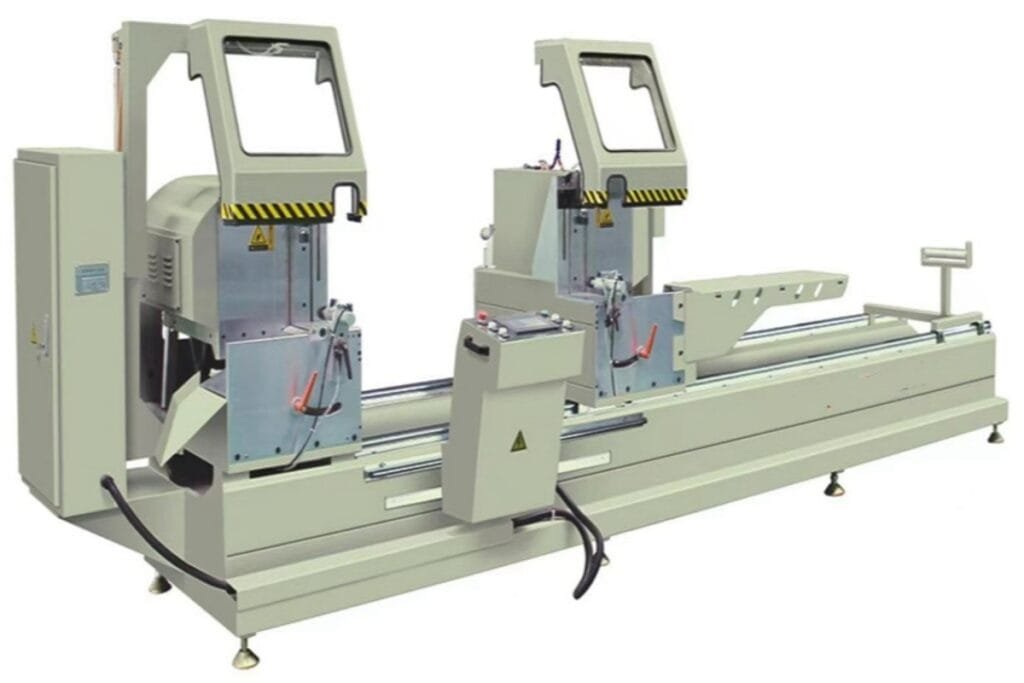The production of PVC (unplasticized polyvinyl chloride) doors and windows requires specialized machinery designed for high efficiency, precision, and quality. These machines play a critical role in ensuring that the finished products are durable, energy-efficient, and aesthetically appealing. Below is an overview of the key machines used in the production process of PVC doors and windows.

1. PVC Profile Cutting Machine
The first step in manufacturing uPVC doors and windows involves cutting the PVC profiles to the required lengths. The PVC profile cutting machine is a high-precision tool that ensures accurate cutting of profiles to different sizes. This machine can handle various profiles, such as window frames, sashes, and reinforcement chambers. Modern machines come equipped with programmable controls to ensure optimal efficiency and consistency.

2. PVC Profile Welding Machine
Once the profiles are cut to the desired length, they need to be welded to create the door or window frame. The uPVC profile welding machine uses heat and pressure to join the profiles at the corners. The welding process ensures that the corners are strong and sealed, providing the structural integrity needed for the final product. These machines are equipped with automated control systems for precise welding angles and temperature control, which is crucial for a clean and strong joint.

3. Corner Cleaning Machine
After welding, the corner cleaning machine is used to remove any excess material, ensuring that the welded joints are smooth and uniform. This machine ensures that the final appearance of the product is flawless, with no rough edges or excess plastic remaining on the corners.

4. PVC Profile Drilling and Milling Machine
To prepare the profiles for hardware fittings (such as hinges, locks, and handles), PVC profiles must be drilled and milled. The PVC profile drilling and milling machine provides precise and accurate drilling and milling operations for various hardware components. These machines are adjustable to accommodate different profile designs and hardware specifications.
Conclusion
The production of PVC doors and windows is a highly automated and intricate process that involves several specialized machines. These machines work together to ensure that the final product is of the highest quality, meeting industry standards for performance and appearance. With advancements in technology, the machinery used in PVC door and window production continues to evolve, leading to greater efficiency, precision, and sustainability in the industry.


